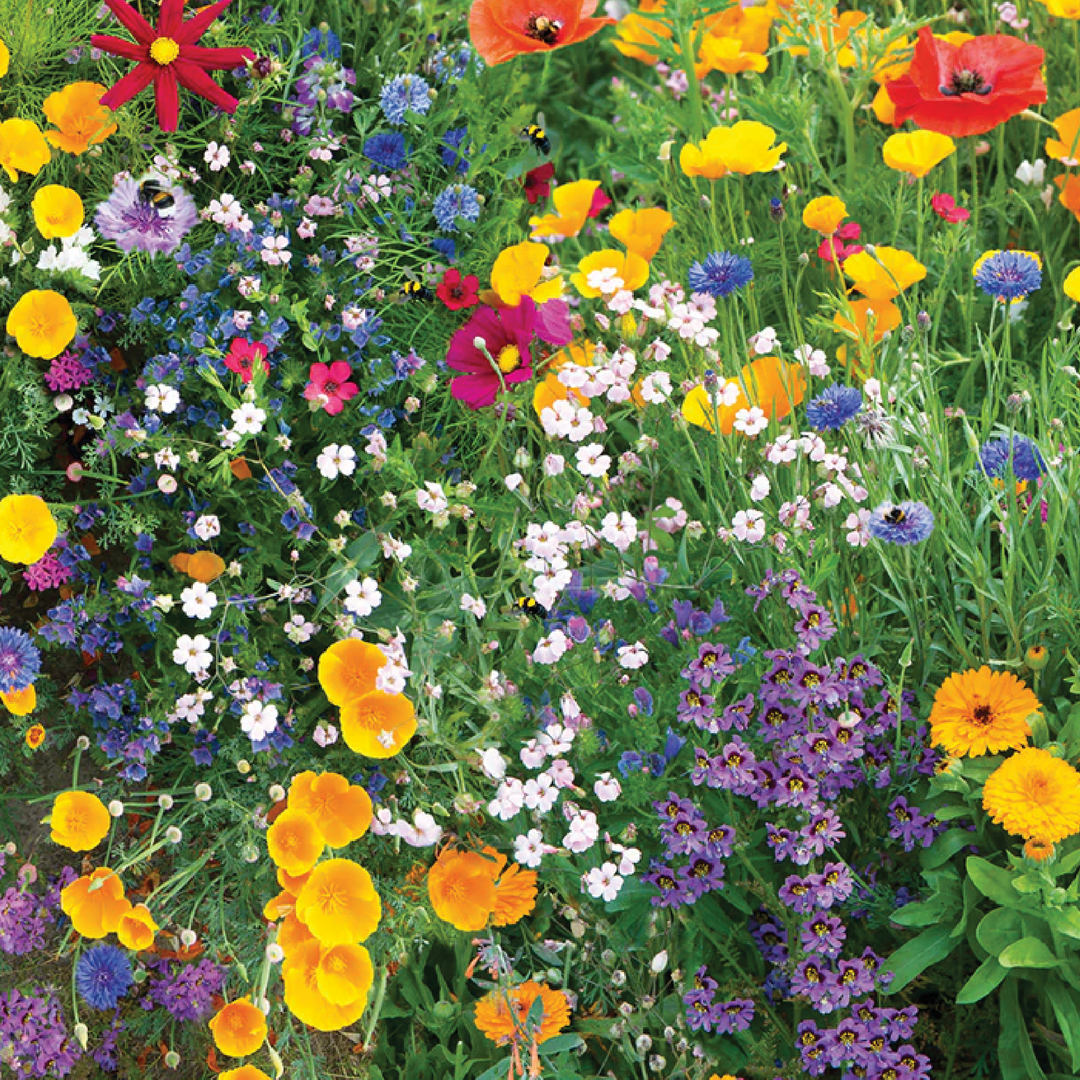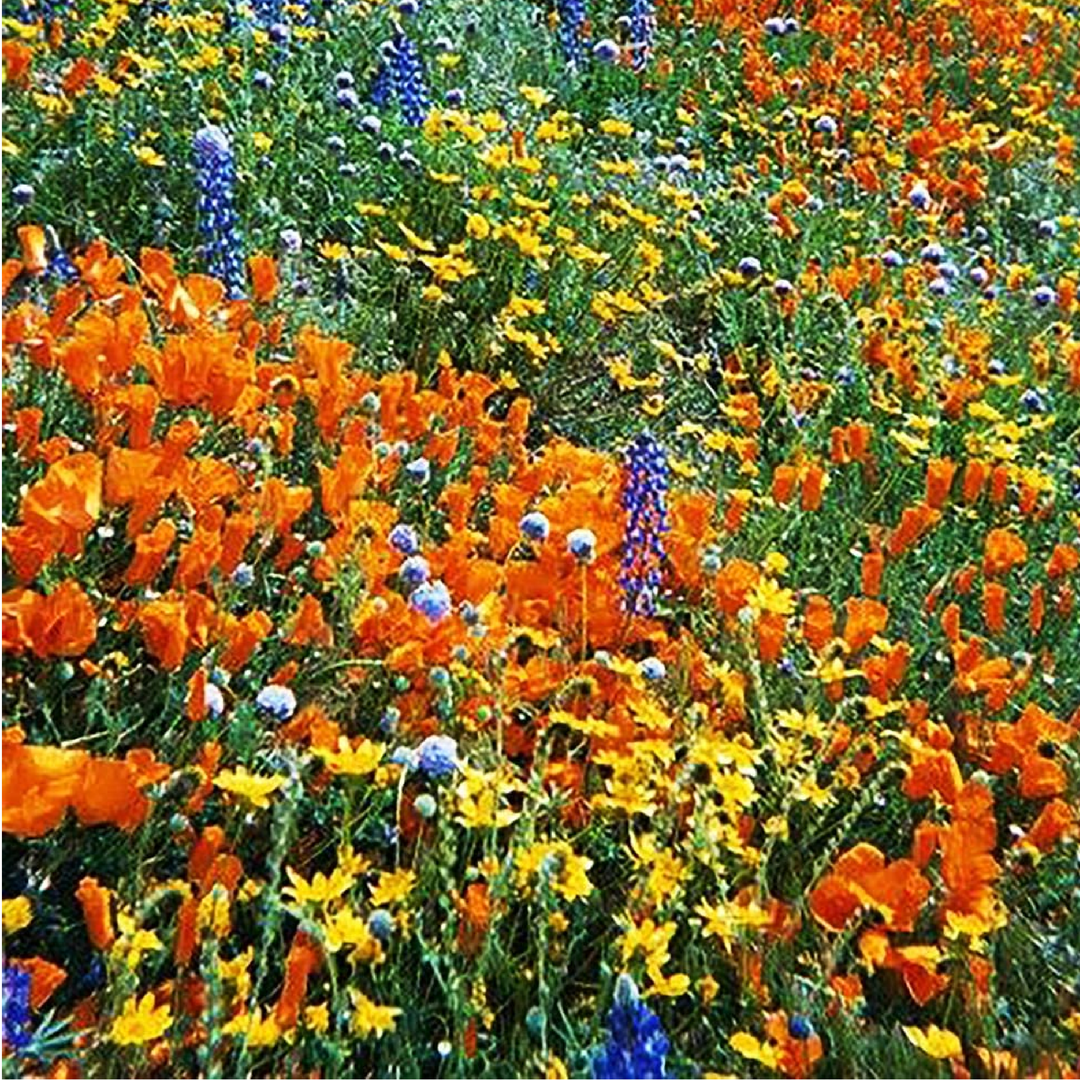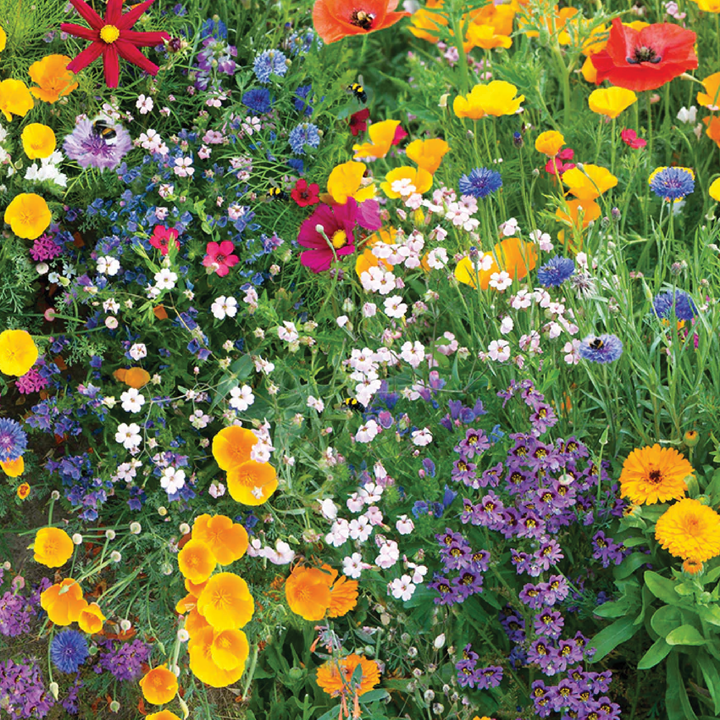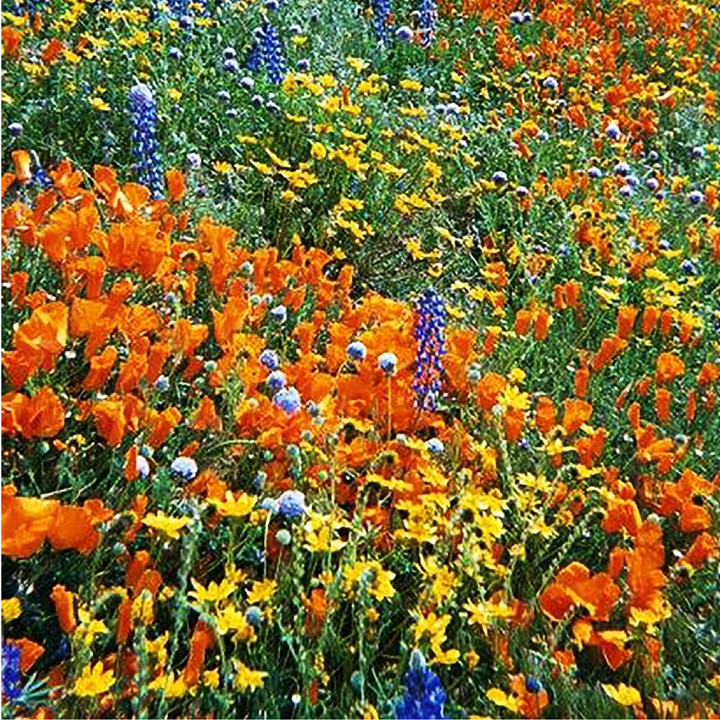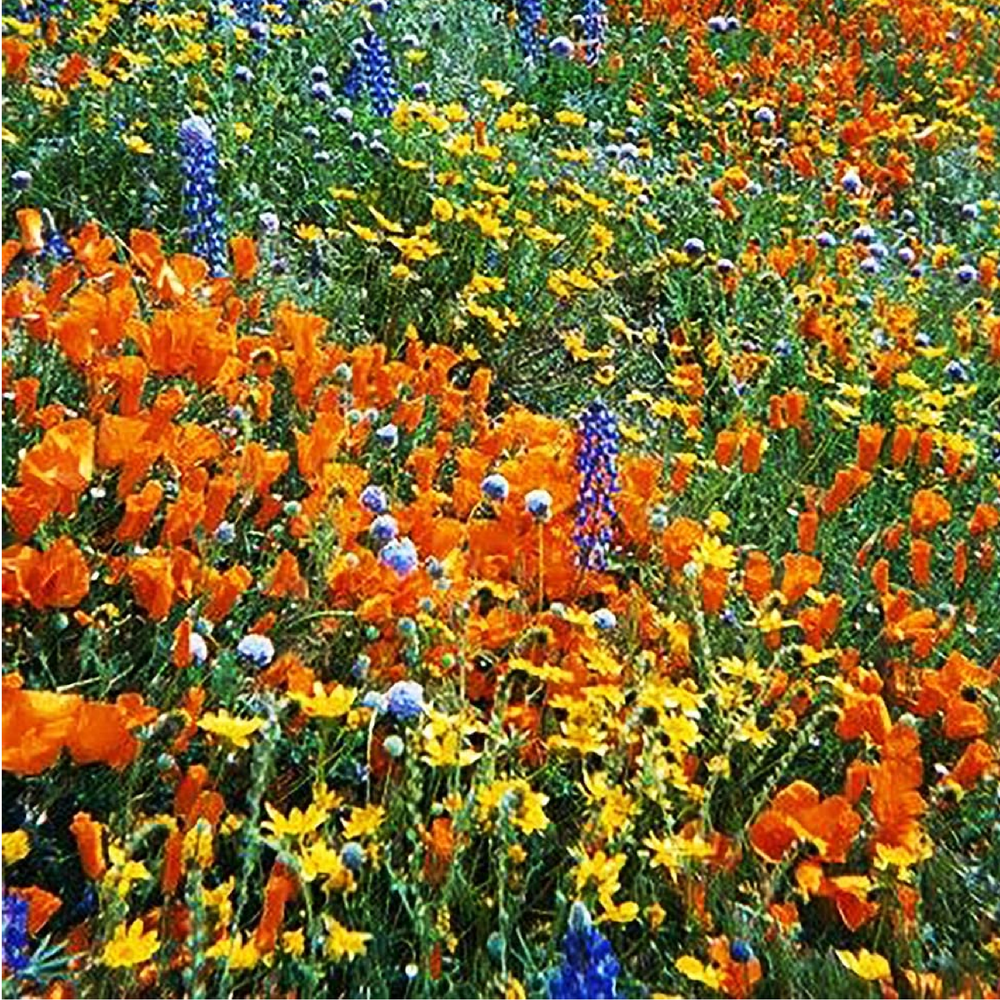25 TYPES WILDFLOWER SEEDS
بذور الزهور البرية
- Shipping all over U.A.E
- In stock, ready to ship
- Backordered, shipping soon
Growing Instructions:
- Sowing: Direct sow wildflower seeds outdoors after the last frost. For best results, prepare the soil by removing weeds and loosening the top few inches. Scatter the seeds evenly over the surface and lightly rake them in. These seeds need exposure to sunlight for proper germination, so do not cover them with too much soil.
- Soil: Wildflowers are adaptable and can grow in a variety of soil types, but they do best in well-drained, moderately fertile soil. They can thrive even in poor or rocky soil conditions.
- Sunlight: Most wildflowers prefer full sun to partial shade. Choose a spot that receives at least 6 hours of direct sunlight daily for the best results.
Watering:
- Germination stage: Water regularly after sowing to keep the soil consistently moist until seedlings begin to emerge, usually within 7–21 days.
- After establishment: Once established, wildflowers are generally drought-tolerant and will only require occasional watering during dry periods. Overwatering can lead to poor growth and fewer blooms, so it’s best to let the soil dry out between waterings.
Temperature:
- Wildflowers in this mix are hardy and can grow in a wide range of climates. The ideal temperature range is between 60°F to 85°F (16°C to 29°C).
- They can tolerate mild frost and heat, with some species blooming early in spring and others continuing until late fall.
Care & Maintenance:
- Thinning: Once seedlings reach 2–3 inches in height, thin them to avoid overcrowding and allow each plant enough space to grow and bloom.
- Weeding: During the first few weeks, keep the area weed-free to ensure your wildflowers have room to thrive.
- Fertilizing: Wildflowers generally don’t need fertilization. They are well-suited to poor soils, and too much fertilizer can lead to lush foliage but fewer flowers.
Pest & Disease Control:
- Wildflowers are naturally resistant to many pests and diseases. However, you should monitor for common garden pests like aphids or slugs and treat with organic solutions if necessary.
Blooming Season:
- With 25 different types of wildflowers, you can expect continuous blooms from early spring through fall. Annual varieties will provide quick color, while perennials will come back year after year for a lasting garden display.
Maintenance:
- Deadheading: To encourage more blooms, remove spent flowers during the growing season. This will help extend the blooming period and keep your garden looking fresh.
- Self-sowing: Allow some flowers to go to seed for natural self-sowing, which ensures wildflowers will return in the following seasons without replanting.
- End-of-season care: After the growing season, cut back dead plants or leave them standing to provide winter shelter for wildlife and allow seeds to naturally disperse for future growth.
If you looking for a wide range of Seeds. Please visit our online store
Thank you for shopping with us! We aim to deliver your order as quickly and safely as possible.
- Processing Time: Orders are processed within 1-2 business days.
- Shipping Time: Delivery usually takes 3-5 business days, depending on your location.
- Tracking: Once your order is shipped, you’ll receive a tracking number via email to monitor your shipment.
- Shipping Costs: Shipping fees will be calculated at checkout based on your location and order size.
- Delays: Please note that during holidays or high-demand periods, there may be slight delays.
If you have any questions about your order, feel free to contact our support team. We’re here to help!


